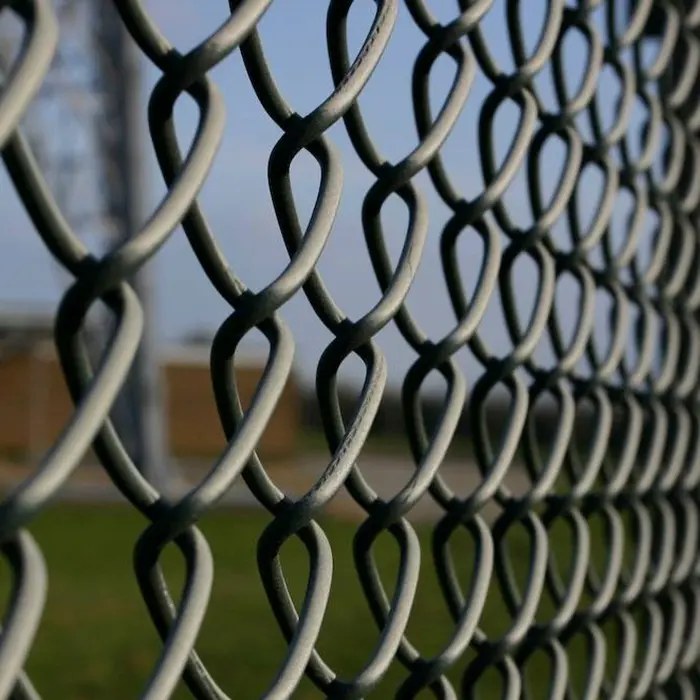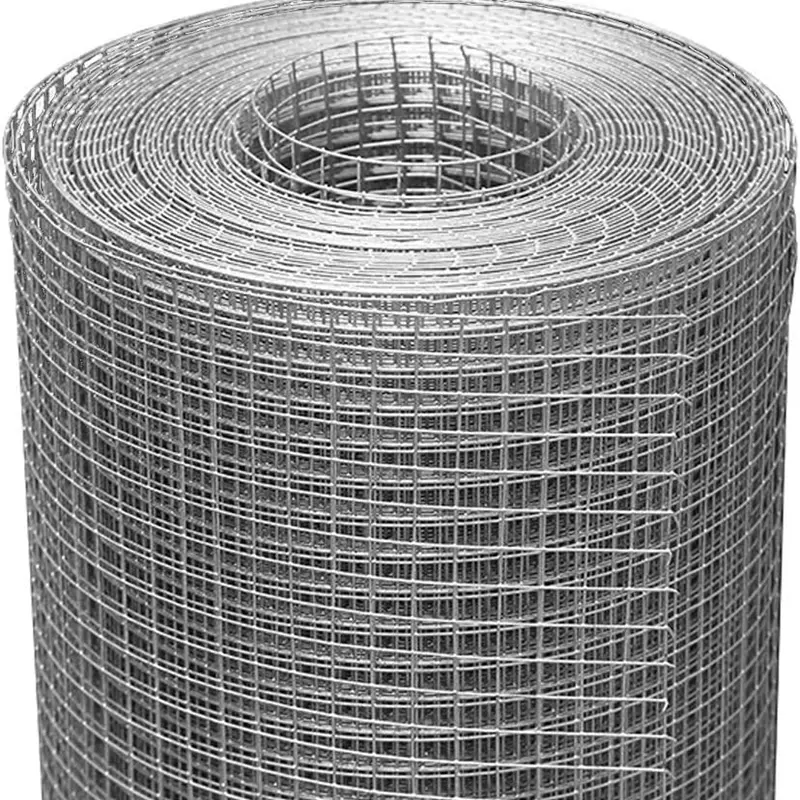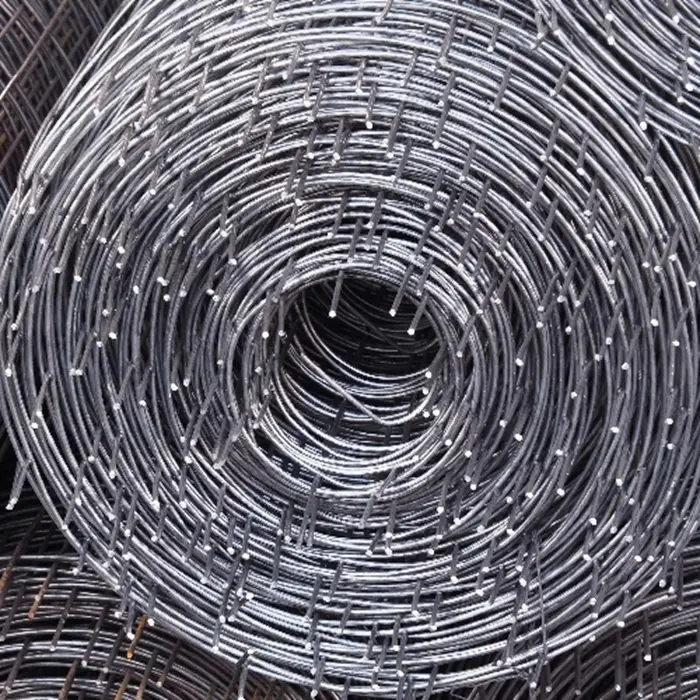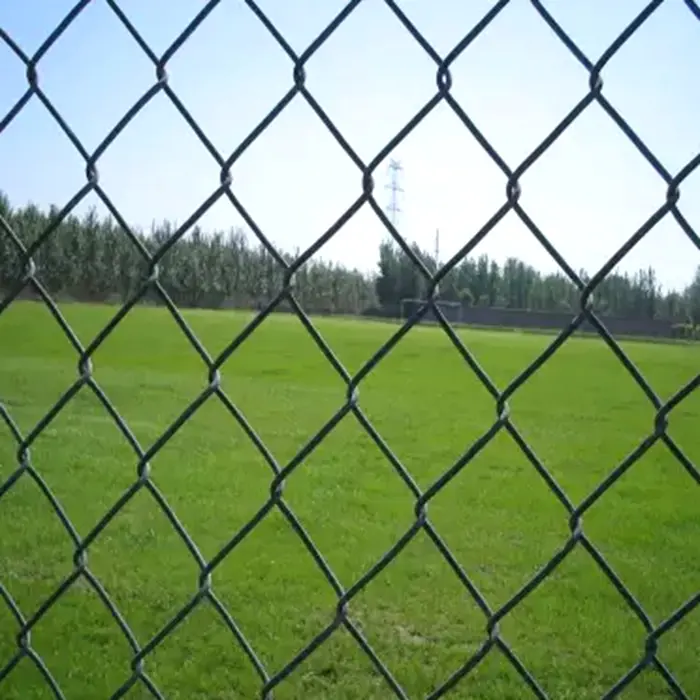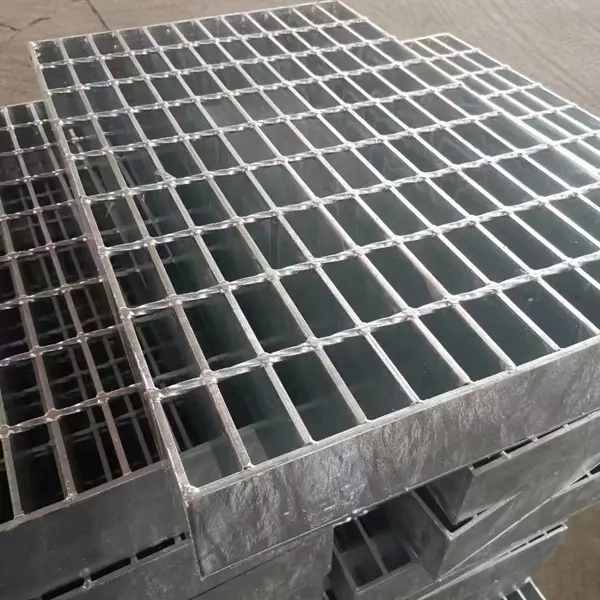- Introduction to hexagonal wire mesh price
and market overview - Exploring the technical composition and advantages of hexagonal wire mesh
- Analyzing industry key players and manufacturer comparison
- Understanding cost structures and factors affecting hexagonal chicken wire mesh
- Tailored solutions: Customization and specification options
- Real-world application cases: Impact across industries
- Concluding summary on hexagonal wire mesh price trends and selection strategy
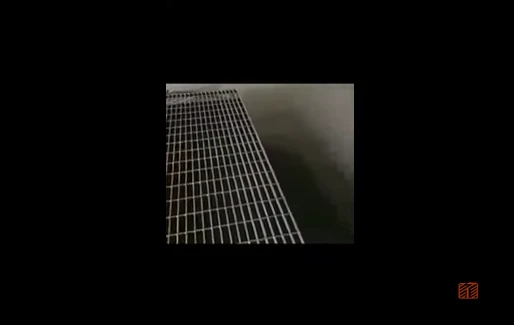
(hexagonal wire mesh price)
Hexagonal wire mesh price: An Evolving Market Landscape
The hexagonal wire mesh price remains a pivotal topic for industries relying on reliable and versatile fencing solutions. Recent surveys indicate surging demand, with the global market expected to reach $1.5 billion USD by 2027, growing at a CAGR of 4.6% from 2022 to 2027. This increase is fueled by widespread application in agriculture, construction, and industrial settings, each with specific requirements and value benchmarks.
Market volatility is largely driven by raw material costs, galvanization methods, mesh size, and wire gauge. For instance, galvanized hexagonal wire mesh prices can fluctuate from $480 to $980 per metric ton based on zinc coating thickness and mesh density. Moreover, geographical variations in steel availability significantly influence overall supply costs, with Asia-Pacific emerging as both a top producer and consumer.
The urge for cost optimization makes understanding the true dynamics of hexagonal wire mesh price crucial for procurement managers, traders, and end users alike.
Technical Advantages and Composition of Hexagonal Wire Mesh
At its core, hexagonal wire mesh consists of interlocked wires, forming a remarkable honeycomb pattern that disperses external loads evenly. This structural design ensures flexibility and corrosion resistance, making it ideal for rugged usage in poultry management, stucco netting, gabion walling, and highway fencing.
Manufacturing processes widely employ either galvanized mild steel or stainless steel, conferring different longevity and weatherability profiles. Double-twisted wire methods and PVC coating further enhance service life, with double-twist techniques shown to boost tensile strength by approximately 25% over single-twist designs.
Standard sizes include mesh openings ranging from 13mm to 50mm, and wire diameters between 0.5mm and 1.5mm. Studies reveal that hexagonal chicken wire mesh, with a typical wire thickness of 0.7mm, manages to withstand up to 650N tensile force before deformation. These statistics underline the superior strength-to-weight ratio, an essential parameter in construction and agriculture.
Manufacturers' Comparison: Market Leaders and Value Analysis
The global landscape includes multiple proprietary and non-proprietary brands, each offering distinctive features spanning mesh uniformity, galvanization depth, packing formats, and quality certifications. Comparing top vendors side-by-side sheds light on pricing rationales, after-sales support, and bulk order benefits.
Table 1: Manufacturer Comparison of Hexagonal Wire Mesh (2024 Data)
| Manufacturer | Country | Material | Coating (μm) | Mesh Size (mm) | Wire Diameter (mm) | Bulk Price (USD/ton) | Minimum Order (Ton) |
|---|---|---|---|---|---|---|---|
| Betafence | Belgium | Galvanized Steel | 185 | 25 | 0.8–1.2 | 960 | 5 |
| Anping Xinglong | China | PVC Coated Steel | 120 | 13, 19 | 0.7–1.0 | 580 | 2 |
| Riverdale Mills | USA | Galvanized & Stainless Steel | 160 | 19, 25, 38 | 0.7–1.1 | 950 | 3 |
| Maccaferri | Italy | Galvanized Steel | 195 | 25, 50 | 1.0–1.5 | 1050 | 5 |
Dissecting Cost Factors in Hexagonal Chicken Wire Mesh
The pricing spectrum for hexagonal chicken wire mesh extends far beyond raw materials. Key cost drivers include:
- Wire Gauge & Mesh Size: Finer wires and smaller mesh sizes increase labor intensity and material requirements, leading to incremental price hikes of 8–18% per unit reduction in mesh opening.
- Surface Coating: Heavy galvanization (over 180μm) adds up to $65 per ton due to process intensity and zinc utilization. PVC coating improves aesthetic value and UV resistance, but adds $25–40 per ton.
- Finishing Methods: Machine-woven meshes facilitate uniformity and speed, reducing overall labor costs by up to 20%, compared to traditional hand-twisted methods.
- Order Volume: Bulk procurement (minimum 5 tons) typically garners a 5–12% discount, especially in competitive markets like China and India.
- Transport & Duties: Global supply chains impose variable ocean freight expenses and import tariffs—these impact landed costs by 10–16% based on destination.
Customized Hexagonal Wire Mesh Solutions for Diverse Industries
One of the market’s leading strengths is the customization potential of hexagonal wire mesh. Clients can request bespoke configurations for mesh size, wire gauge, panel length, roll width, and surface finish. For example, a poultry farm might prefer a tighter, 13mm mesh to protect against snakes, while construction sites opt for a sturdier, 1.2mm wire for scaffold reinforcement.
Innovations in modular assembly now allow manufacturers to supply pre-fabricated gabion boxes or cut-to-length rolls, dramatically reducing on-site installation time by up to 40%. Advanced anti-rust PVC coloration (green, black, grey) enables visual blending with landscaping or urban environments.
Sheet formats, edge twisting styles (straight or reversed), and packaging (compact jumbo rolls or standard rolls) are all adjustable, with lead times averaging 7–21 business days depending on complexity and seasonality.
Impactful Applications: Proven Industry Case Studies
Hexagonal wire mesh is at the heart of practical engineering and agricultural accomplishments worldwide. In 2023, a mining operation in Peru adopted 50,000m2 of double-twisted galvanized mesh (mesh size 50mm, wire gauge 1.4mm) to stabilize slopes; preliminary reports cite a 73% reduction in annual rock fall incidents and a 30% decrease in maintenance budgets.
In the Australian agricultural sector, extensive use of hexagonal chicken wire mesh enabled a free-range poultry operation to boost egg production by 18% over two consecutive seasons, primarily due to enhanced animal security and reduced predator infiltration.
Meanwhile, Italian highway authorities utilized PVC-coated green mesh for sound barrier installations. Technical audits show these installations sustained a service lifespan exceeding 19 years without significant corrosion, even in coastal climates.
Such evidence underscores the mesh’s adaptability, from small-scale horticulture to high-impact civil infrastructure projects.
The Future of Hexagonal Wire Mesh Price: Strategic Insight and Selection
In summary, understanding hexagonal wire mesh price involves delving into manufacturing nuances, industry benchmarks, and evolving client needs. With raw material costs remaining unstable and anti-corrosion technologies advancing, buyers are encouraged to closely monitor supplier credentials, technical data, and post-sale warranties.
The global market is poised for gradual price increments, especially as sustainability standards rise and high-performance coatings become standard. Stakeholders should leverage comparative analysis, custom specification options, and detailed application assessments to derive optimum value from their hexagonal wire mesh investments.
Wise selection today can ensure tomorrow’s project longevity—underscoring the importance of informed purchasing strategies in a rapidly shifting industry landscape.

(hexagonal wire mesh price)


